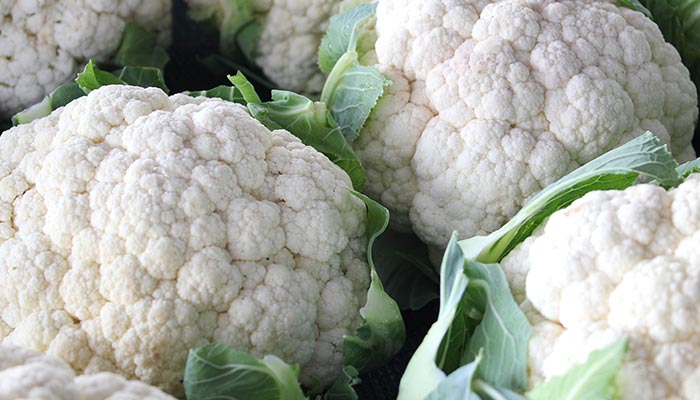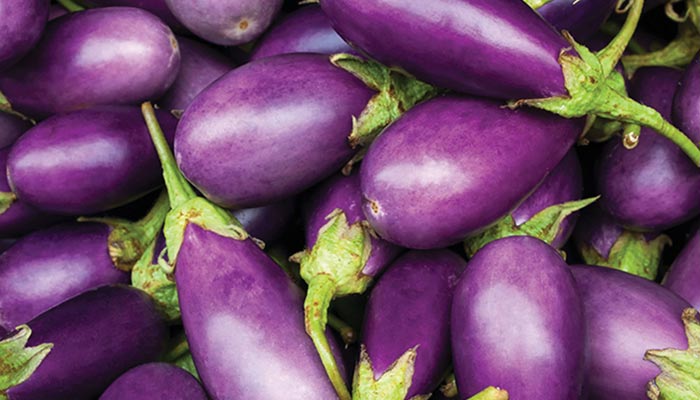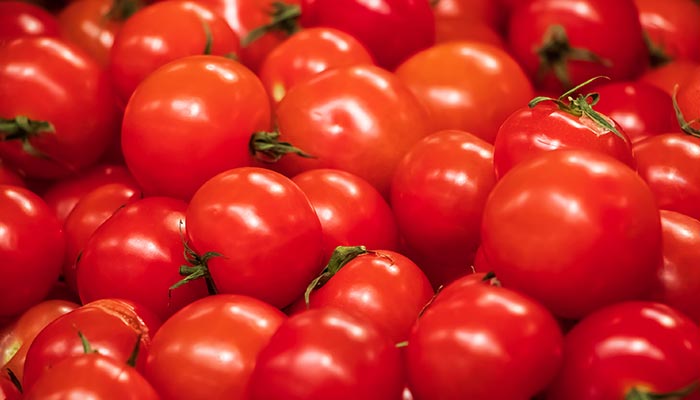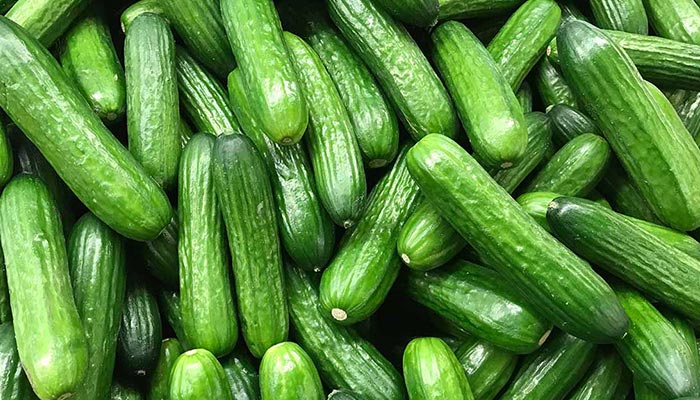The Health Benefits of Each Colour
Each color provides various health benefits thanks to the phytonutrients they contain. These compounds are responsible for the vibrant colors found in vegetables and fruits.
What are Phytonutrients?
Phytonutrients, also referred to as phytochemicals, are natural compounds found in plant foods such as vegetables and fruits. These plant compounds have health-promoting effects and help prevent various diseases.
Phytonutrients in Every Colour
By enjoying a rainbow of vegetables every day, you can make the most of many of the phytonutrients nature has to offer.

White
Phytonutrients: EGCG, Allicin, Quercetin, Indoles, Glucosinolates
Found in: Onions, Cauliflower, Garlic, Leeks, Parsnips, Daikon radish, Mushrooms
Benefits: Supports healthy bones, circulatory system, and arterial function. Fights heart disease and cancer.

Blue/Purple
Phytonutrients: Resveratrol, Anthocyanidins, Phenolics, Flavonoids
Found in: Eggplant, Purple cabbage, Purple potato, Purple cauliflower, Beets
Benefits: Good for heart, brain, bone, arteries, and cognitive health. Fights cancer & supports healthy aging.

Yellow/Orange
Phytonutrients: Alpha-carotene, beta-carotene, beta crypthoxanthin
Found in: Carrots, Sweet potato, Yellow peppers, Pumpkin, Capsicums, Corn
Benefits: Supports healthy bones, circulatory system, and arterial function. Fights heart disease and cancer.

Red
Phytonutrients: Lycopene, Ellagic Acid, Quercetin, Hesperidin, Anthocyanidins
Found in: Tomato, Cherry tomato, Momotaro tomato, Red chili peppers, Red onions, Persimmon
Benefits: Supports healthy bones, circulatory system, and arterial function. Fights heart disease and cancer.

Green
Phytonutrients: Lutein/zeaxanthin, Isoflavones, EGCG, Indoles, Isothiocyanates
Found in: Spinach, Cucumber, Perilla, Asparagus, Artichokes, Broccoli, Kale, Chinese Cabbage, Brussels sprouts, Salad greens
Benefits: Supports eye health, arterial function, lung health, liver function, and cell health. Helps wound healing & gum health.

White
Phytonutrients: EGCG, Allicin, Quercetin, Indoles, Glucosinolates
Found in: Onions, Cauliflower, Garlic, Leeks, Parsnips, Daikon radish, Mushrooms
Benefits: Supports healthy bones, circulatory system, and arterial function. Fights heart disease and cancer.

Blue/Purple
Phytonutrients: Resveratrol, Anthocyanidins, Phenolics, Flavonoids
Found in: Eggplant, Purple cabbage, Purple potato, Purple cauliflower, Beets
Benefits: Good for heart, brain, bone, arteries, and cognitive health. Fights cancer & supports healthy aging.

Yellow/Orange
Phytonutrients: Alpha-carotene, beta-carotene, beta crypthoxanthin
Found in: Carrots, Sweet potato, Yellow peppers, Pumpkin, Capsicums, Corn
Benefits: Supports healthy bones, circulatory system, and arterial function. Fights heart disease and cancer.

Red
Phytonutrients: Lycopene, Ellagic Acid, Quercetin, Hesperidin, Anthocyanidins
Found in: Tomato, Cherry tomato, Momotaro tomato, Red chili peppers, Red onions, Persimmon
Benefits: Supports healthy bones, circulatory system, and arterial function. Fights heart disease and cancer.

Green
Phytonutrients: Lutein/zeaxanthin, Isoflavones, EGCG, Indoles, Isothiocyanates
Found in: Spinach, Cucumber, Perilla, Asparagus, Artichokes, Broccoli, Kale, Chinese Cabbage, Brussels sprouts, Salad greens
Benefits: Supports eye health, arterial function, lung health, liver function, and cell health. Helps wound healing & gum health.
5 Reasons to Add Colours to Your Diet
Adding a variety of different colours to your diet is an easy way to boost your health and well-being.
- Lots of the good
Vegetables and fruits provide many beneficial nutrients. Add vegetables and fruits to every meal for a nutritional power boost.
- Less of the bad
Vegetables and fruits are natural foods, so they are free of trans fat, saturated fat, and sodium you typically find in processed foods. Load up!
- Won’t weigh you down
Vegetables and fruits are low in calories. They fill you up thanks to the fiber and water they contain, which can help you manage your weight.
- Flexible super foods
All forms of vegetables and fruits — fresh, frozen, canned, and dried can be part of a healthy diet. They are among the most versatile, convenient, and affordable food you can eat. The tip is to choose those with little or no added sugar and salt.
- A whole body health boost
A healthy diet full of vegetables and fruits can help lower your risk of many serious and chronic health conditions, including heart disease, obesity, high blood pressure, diabetes, and cancer.
How to Add More Colours to Your Diet
Eating a colourful choice of vegetables is a good way to eat a healthier diet, and it does not have to be difficult. Here are some easy ways to incorporate them into your daily diet:

Small servings
Just remember, vegetables have smaller servings! 1/2 cup of chopped raw vegetables makes one serving. Leafy greens take up more space, so 1 cup chopped counts as a serving.

Shop those colours
When you go shopping and notice that your choices are the same one or two colours, try to swap out a few to increase the colours and the phytonutrients — of course!

Buy local
Local brands are great sources of fresh produce, just like Grace Cup! Grace Cup’s compost-based vegetables are always freshly harvested, from the farm to your plate.

Snacking time
If you are hungry between meals, try to munch on vegetables (such as carrots!) instead of grabbing those chocolates.

Mix up those meals at the restaurant
It is perfectly fine to order your favorite dish, but try to change it up a little bit. Instead of ordering the same thing every time, try requesting extra vegetables on top of whatever you are ordering.

Frozen produce is not off-limit
It is true that fresh produce is best, but you can still get your daily dose of vegetables even when they are out of season. Frozen vegetables are just as nutritious as fresh ones.

Always two servings
Eat two servings in the morning, two in the afternoon, and two at night.
Disclaimer: Information on this page should never be used as a substitute for direct medical advice from your doctor or other qualified clinicians.

